Which Kitchen Gadgets Are Worth the Money?
It can be tricky deciding what deserves to take up space in your cabinets. We've done the math, so you don't have to.
By Lynn Andriani
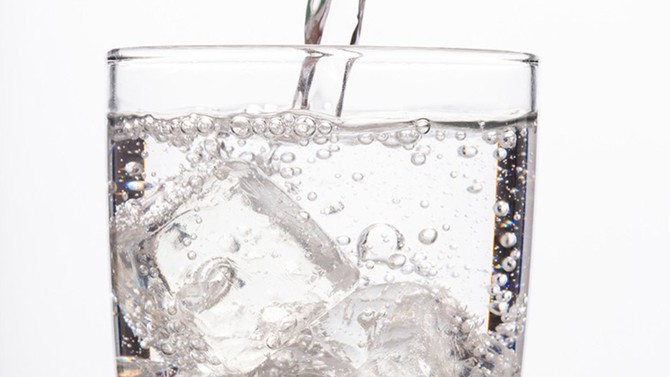
Photo: Thinkstock
Soda Maker
Startup cost: $79 (includes a full carbonator that can make 60 liters of sparkling water, plus 12 liters of soda flavors)
How often you need to use it to make it worthwhile: Every other day for eight months.
If you drink seltzer or other sparkling beverages like it's, uh, water, it makes economic (and eco) sense to purchase a machine. Let's say you finish a bottle of store-bought seltzer every two days (which is about how long it takes before the bubbles get flat): In eight months, you'll have gone through 120 bottles, which would cost about $80 (at 67 cents per liter)—aka the equivalent of your initial investment in a Sodastream. And that's just for plain, sparkling water. If you're making cola or another flavored soda, you'll save even more.
How often you need to use it to make it worthwhile: Every other day for eight months.
If you drink seltzer or other sparkling beverages like it's, uh, water, it makes economic (and eco) sense to purchase a machine. Let's say you finish a bottle of store-bought seltzer every two days (which is about how long it takes before the bubbles get flat): In eight months, you'll have gone through 120 bottles, which would cost about $80 (at 67 cents per liter)—aka the equivalent of your initial investment in a Sodastream. And that's just for plain, sparkling water. If you're making cola or another flavored soda, you'll save even more.
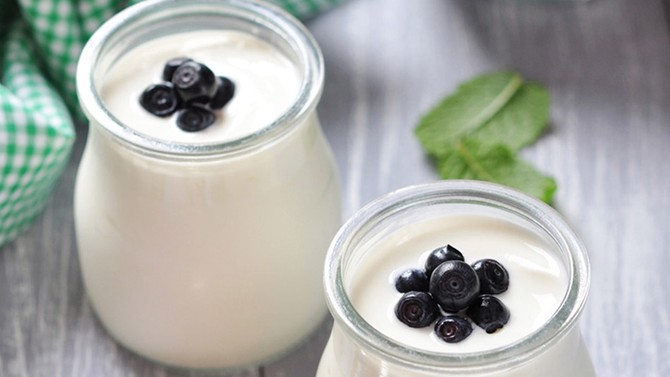
Photo: Thinkstock
Yogurt Maker
Startup cost: $40, plus ingredients
How often you need to use it to make it worthwhile: Once a week for two-and-a-half months.
Yes, you can make yogurt with a pot, a thermometer and a jar—and people have been doing so for centuries. But a machine, with its built-in timer and automatic shut-off, can make the process insanely easy (also, we are total suckers for the little jars that come with it). If you buy a 6-ounce, 89-cent container of strawberry yogurt for breakfast or a snack every day, in 80 days you'll have spent about $71. Make your own 80-day supply, and you'll have laid out $40 for the machine, plus $33 in ingredients—so $73 total. (Caveat: If you have a slow cooker, you can make yogurt—so there's no need to add another appliance to your counter.)
How often you need to use it to make it worthwhile: Once a week for two-and-a-half months.
Yes, you can make yogurt with a pot, a thermometer and a jar—and people have been doing so for centuries. But a machine, with its built-in timer and automatic shut-off, can make the process insanely easy (also, we are total suckers for the little jars that come with it). If you buy a 6-ounce, 89-cent container of strawberry yogurt for breakfast or a snack every day, in 80 days you'll have spent about $71. Make your own 80-day supply, and you'll have laid out $40 for the machine, plus $33 in ingredients—so $73 total. (Caveat: If you have a slow cooker, you can make yogurt—so there's no need to add another appliance to your counter.)
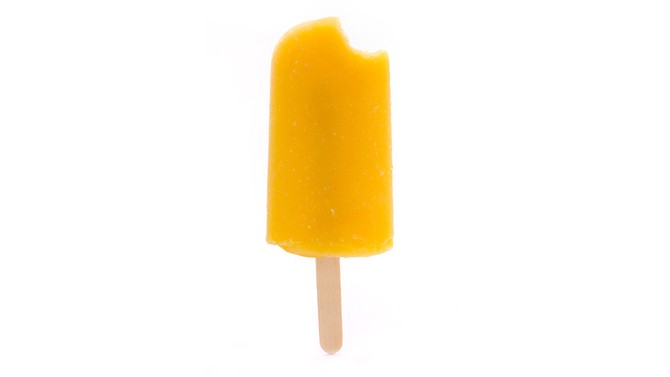
Photo: Thinkstock
Ice Pop Maker
Startup cost: $50, plus ingredients
How often you need to use it to make it worthwhile: Daily for a summer. While the main reason to invest in a Zoku Quick Pop Maker is the near-instant gratification (it freezes pops in seven minutes), if you live in a place where it makes sense to slurp a frozen treat every night, you could make a wallet-friendly argument, too. A family of three eating one popsicle a day each would go through about 270 popsicles from the beginning of June through the end of August. Store-bought fruit juice-based pops vary in price, but if you're buying pops that cost $1 each, you'll spend $270 in 90 days. Meanwhile, if that family were making their own, they'd spend about 15 cents on juice per pop. Multiply that times 270 pops and you get $40.50. Once you add the cost of the machine ($50), you're at $90.50. Compare that to the $270 cost of buying them from the supermarket, and there's almost $180 left over at the end of the summer to spend on back-to-school supplies.
How often you need to use it to make it worthwhile: Daily for a summer. While the main reason to invest in a Zoku Quick Pop Maker is the near-instant gratification (it freezes pops in seven minutes), if you live in a place where it makes sense to slurp a frozen treat every night, you could make a wallet-friendly argument, too. A family of three eating one popsicle a day each would go through about 270 popsicles from the beginning of June through the end of August. Store-bought fruit juice-based pops vary in price, but if you're buying pops that cost $1 each, you'll spend $270 in 90 days. Meanwhile, if that family were making their own, they'd spend about 15 cents on juice per pop. Multiply that times 270 pops and you get $40.50. Once you add the cost of the machine ($50), you're at $90.50. Compare that to the $270 cost of buying them from the supermarket, and there's almost $180 left over at the end of the summer to spend on back-to-school supplies.
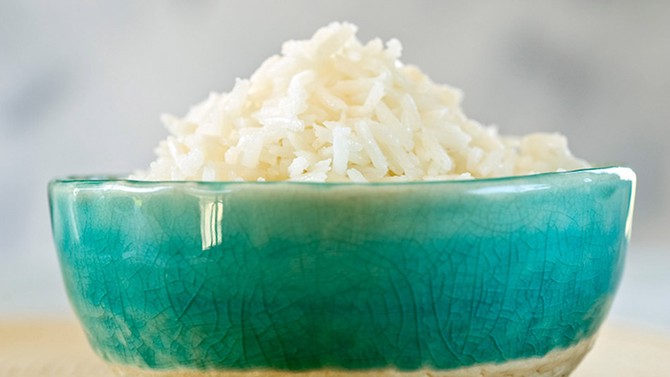
Photo: Thinkstock
Rice Cooker
Startup cost: About $20, plus ingredients
How often you need to use it to make it worthwhile: Twice a week for six weeks.
A bowl of fragrant, steaming rice is one of those things that's deceptively difficult to master: too much water and the rice can be gummy; too high a flame and you've got dry, crunchy grains. Enter the rice cooker. It makes fluffy, perfect rice every time and is a boon to those of us who are not as naturally gifted in the area as, say, a Korean grandmother. The other no-work option, those pop-in-the-microwave pouches of precooked rice, are inexpensive (about $2.60 each, which serves 2), but a rice cooker is still more cost-effective. If you went through two bags of precooked rice a week for six weeks (that's 24 servings), you'd spend about $31. Meanwhile, a basic rice cooker model costs $20; add two 2-pound bags of brown rice at $3.60 each (which will give you 36 servings), and you're at about $27. Bonus: These handy, little appliances aren't just for rice. You can use them to make pasta, eggs, stir-fries and much more.
How often you need to use it to make it worthwhile: Twice a week for six weeks.
A bowl of fragrant, steaming rice is one of those things that's deceptively difficult to master: too much water and the rice can be gummy; too high a flame and you've got dry, crunchy grains. Enter the rice cooker. It makes fluffy, perfect rice every time and is a boon to those of us who are not as naturally gifted in the area as, say, a Korean grandmother. The other no-work option, those pop-in-the-microwave pouches of precooked rice, are inexpensive (about $2.60 each, which serves 2), but a rice cooker is still more cost-effective. If you went through two bags of precooked rice a week for six weeks (that's 24 servings), you'd spend about $31. Meanwhile, a basic rice cooker model costs $20; add two 2-pound bags of brown rice at $3.60 each (which will give you 36 servings), and you're at about $27. Bonus: These handy, little appliances aren't just for rice. You can use them to make pasta, eggs, stir-fries and much more.
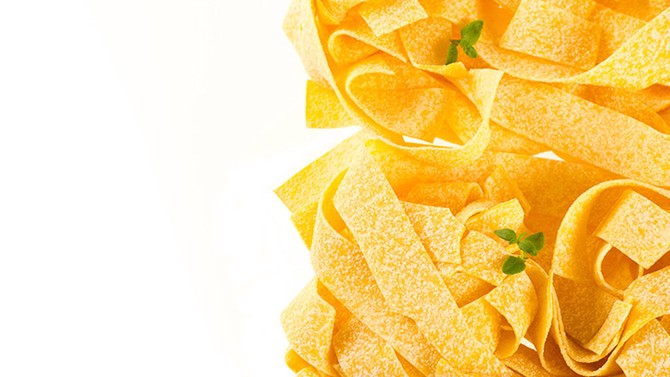
Photo: Thinkstock
Pasta Maker
Startup cost: $50
How often you need to use it to make it worthwhile: Once a month for two–and-a-half years.
"There is nothing like fresh, homemade pasta," says Domenica Marchetti, author of The Glorious Pasta of Italy. And it's one of the few foods that impresses with relatively little effort. Fresh fettuccine at Italian markets varies widely in price, but say you're paying about $3.50 a pound and buying a package once a month. In two-and-half years you'll have spent $105. A batch of homemade pasta costs just $1.60 to make (it's simply flour, eggs and water), so if you made your own once a month for two-and-a-half years, you'd spend $48 on ingredients. Add $50 for an imported model (the Imperia gets raves), and you're at $98. So you'll have saved $7—and won the admiration of friends and family.
How often you need to use it to make it worthwhile: Once a month for two–and-a-half years.
"There is nothing like fresh, homemade pasta," says Domenica Marchetti, author of The Glorious Pasta of Italy. And it's one of the few foods that impresses with relatively little effort. Fresh fettuccine at Italian markets varies widely in price, but say you're paying about $3.50 a pound and buying a package once a month. In two-and-half years you'll have spent $105. A batch of homemade pasta costs just $1.60 to make (it's simply flour, eggs and water), so if you made your own once a month for two-and-a-half years, you'd spend $48 on ingredients. Add $50 for an imported model (the Imperia gets raves), and you're at $98. So you'll have saved $7—and won the admiration of friends and family.
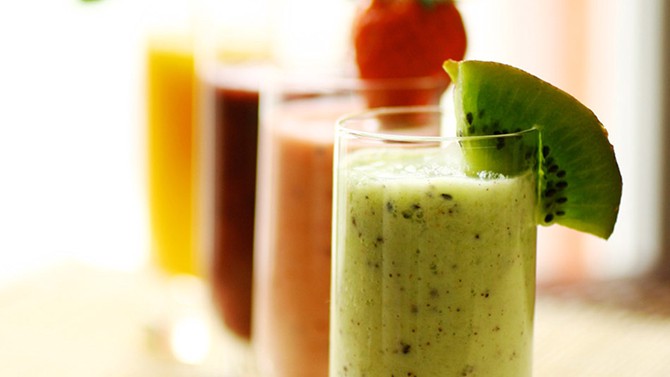
Photo: Thinkstock
Vitamix
Startup cost: $450
How often you need to use it to make it worthwhile: Daily for many years. Expensive? You bet. But there's a reason O editors—and Suze Orman—are huge fans of this high-performance, self-cleaning wonder machine. It's extremely versatile, can easily puree fibrous foods (like green-smoothie standbys chard and kale) that other blenders have trouble with and will last for years. To get the most out of this investment, you need to use it a lot)—but it can be a truly useful tool for every meal, from making kick-start-your-morning juices like Oprah's Green Drink to the creamiest broccoli, asparagus or mushroom soup you've ever had; to smooth and fluffy butternut squash casseroles. Unlike other blenders that we've had conk out after five or even 10 years, Vitamixes (which come with seven-year warranties) seem to keep on chugging—we've even found still-working models from the late 1960s for sale online.
Next: 5 confounding kitchen appliances (and how to use them)
How often you need to use it to make it worthwhile: Daily for many years. Expensive? You bet. But there's a reason O editors—and Suze Orman—are huge fans of this high-performance, self-cleaning wonder machine. It's extremely versatile, can easily puree fibrous foods (like green-smoothie standbys chard and kale) that other blenders have trouble with and will last for years. To get the most out of this investment, you need to use it a lot)—but it can be a truly useful tool for every meal, from making kick-start-your-morning juices like Oprah's Green Drink to the creamiest broccoli, asparagus or mushroom soup you've ever had; to smooth and fluffy butternut squash casseroles. Unlike other blenders that we've had conk out after five or even 10 years, Vitamixes (which come with seven-year warranties) seem to keep on chugging—we've even found still-working models from the late 1960s for sale online.
Next: 5 confounding kitchen appliances (and how to use them)
Published 08/19/2013

